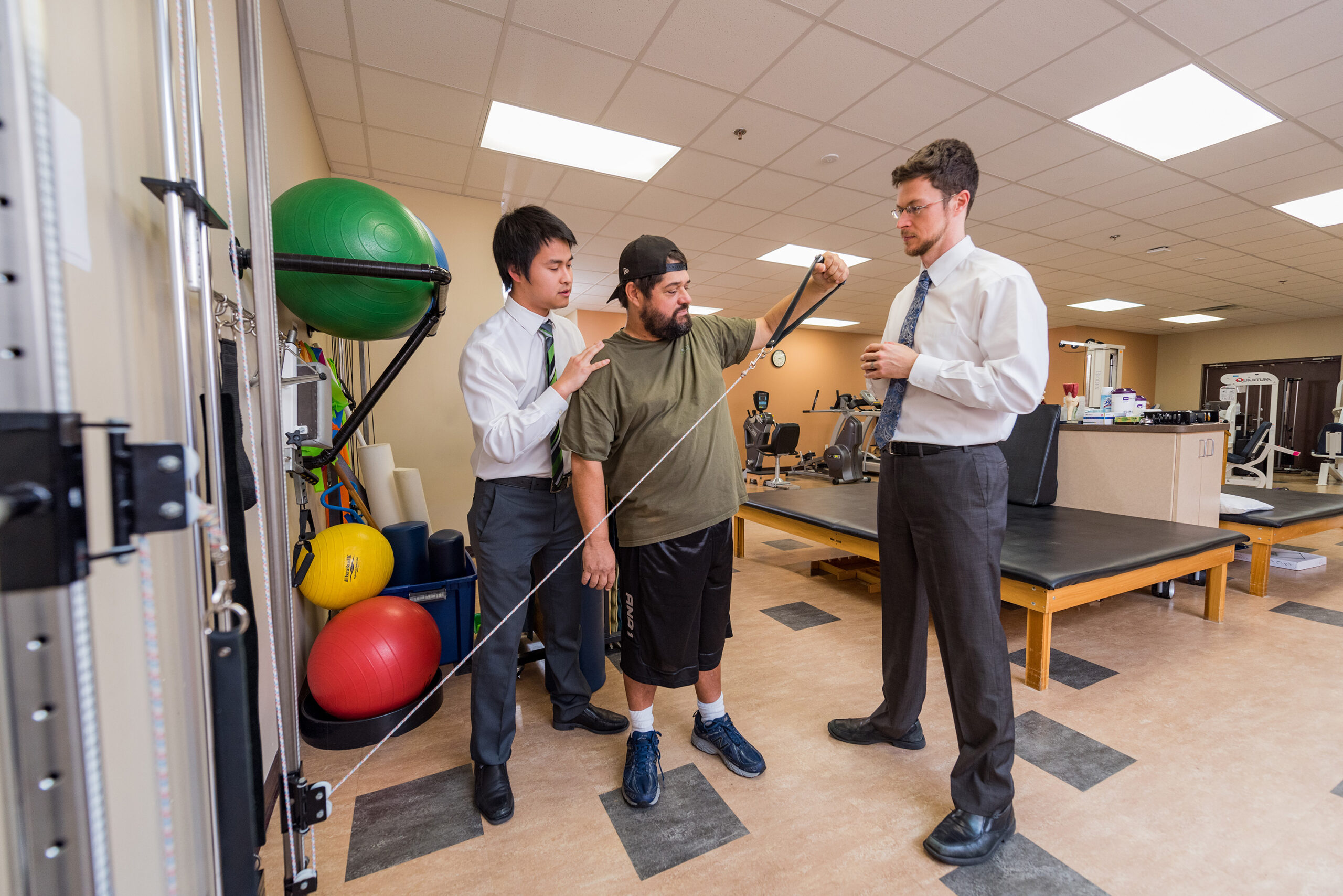Efficient Approaches to Minimize the Risk of Acute Traumas in Sports Via Focused Preventive Strategies
Efficient Approaches to Minimize the Risk of Acute Traumas in Sports Via Focused Preventive Strategies
Blog Article

Sudden traumas in athletics can occur unexpectedly and frequently lead to critical issues for players. These traumas can vary from twists and tears to breaks and head injuries. To help prevent these injuries, it is essential to implement targeted protective strategies. These strategies concentrate on education, proper training, gear use, and overall well-being maintenance. By tackling these important areas, athletes can significantly reduce their risk of experiencing acute injuries while engaging in their beloved activities.
One successful approach to reducing the risk of traumas is through instruction. Players, coaches, and guardians should be educated about the typical types of traumas associated with particular sports. Understanding the mechanics of these traumas allows all involved to identify the signs and signals early. Educational workshops or seminars can help teach athletes about correct techniques and the significance of preparing up before games or practices. This knowledge empowers athletes to take responsibility for their well-being and motivates them to express any worries about potential injuries.
Another important protective strategy is adequate training. Players should participate in a well-rounded training program that centers on building strength, flexibility, and endurance. Strength conditioning helps build the muscles that stabilize joints, lowering the likelihood of injuries. Flexibility routines, such as elongating, can improve the range of motion and reduce the risk of muscle strains. Additionally, athletes should include sport-specific drills that simulate game scenarios, which can assist them become more familiar with the view publisher site movements involved in their selected activity. Coaches play a crucial role in developing and implementing these training programs to ensure they are secure and efficient.
The use of appropriate equipment is also essential in preventing acute injuries in athletics. Players should consistently wear the right equipment for their particular sport, including helmets, pads, and proper footwear. For instance, football players need helmets to protect against head traumas, while football players require shin guards to shield their legs from collision. It is crucial that equipment is fitted correctly and is maintained regularly to guarantee it provides the necessary protection. Coaches and parents should encourage players to take the time to select and wear the right equipment to reduce their risk of injury.
In addition to education, preparation, and gear, maintaining overall well-being is crucial for injury prevention. Athletes should prioritize adequate nutrition, hydration, and rest to keep their bodies in top condition. A nutritious diet rich in vitamins and minerals helps facilitate muscle recovery and overall athletic performance. Maintaining hydrated is also important, as dehydration can result to fatigue and increase the likelihood of injuries. Lastly, achieving enough sleep is vital for recovery and maintaining focus during practices and games. By encouraging good health habits, players can improve their performance and lower their chances of experiencing acute injuries.
In summary, reducing the risk of acute injuries in sports requires a comprehensive approach that includes education, proper training, appropriate equipment, and overall health maintenance. By focusing on these targeted preventive strategies, athletes can better protect themselves from the dangers of injuries. Coaches, guardians, and players all have vital roles to fulfill in creating a secure athletics environment. By cooperating together and emphasizing protection, the pleasure of athletics can persist without the disruption of painful injuries.